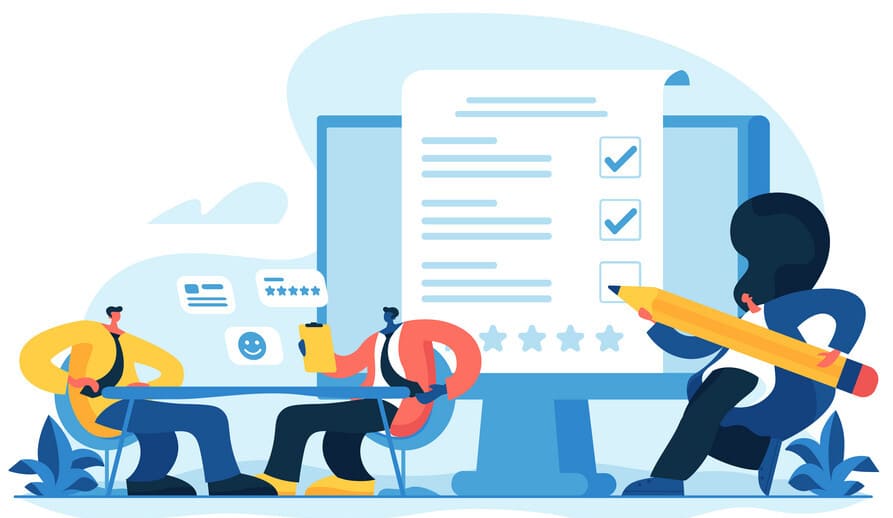Get access to the world’s top-rated assessments for your Employees
Help keep your employees happy, healthy, and productive with our engagement programs, suitable for both small and large businesses.
Happier employees, better business outcomes
Try MantraCare Assessment Program
"*" indicates required fields
What is Happiness Assessment?
Happiness Assessment is a process of evaluating an individual’s overall sense of well-being, contentment, and satisfaction with their life. It involves answering questions about feelings, thoughts, behaviors, and physical symptoms to determine the level of happiness.

Benefits of the Happiness Assessment for Corporate Employees
Happiness is a critical factor in an individual’s overall well-being and can have a significant impact on their work performance, personal life, and overall health. Regular happiness assessments can help companies identify employees who may be struggling with happiness, so they can receive the necessary support and resources. Some of the benefits of happiness assessment in the workplace include:
Improved Employee Well-being: Regular happiness assessments help employees identify areas of their life where they may be struggling with happiness, so they can receive appropriate support and resources.
Increased Productivity: When employees are happy and satisfied with their life, they are more likely to be productive and engaged at work.
Better Health Outcomes: Happiness is linked to better overall health and well-being. Happiness assessments can help employees identify areas of their life where they may be struggling with happiness and provide them with the resources they need to improve their overall health and well-being.
Improved Workplace Culture: When employees are happy and satisfied with their life, it creates a positive and supportive workplace culture.
How to Launch the Happiness Assessment in Your Company?
To launch a happiness assessment program in your company, you will need to follow these steps:
Develop a Policy: Develop a clear policy that outlines the purpose of the happiness assessment program, who is eligible for assessment, and how the results will be used.
Identify a Provider: Find a qualified provider to conduct the assessments, such as a licensed mental health professional or well-being coach.
Train Managers and Supervisors: Train managers and supervisors to recognize the signs of low happiness, how to refer employees for assessment, and how to support employees who receive a low happiness assessment.
Communicate with Employees: Communicate the happiness assessment program to employees and encourage them to participate.
Provide Support: Ensure that employees who receive a low happiness assessment have access to support, such as coaching, counseling, and resources for improving overall well-being.
In conclusion, happiness assessment is a valuable tool for companies to identify employees who may be struggling with happiness and provide them with the support they need. Implementing a happiness assessment program can help improve employee well-being, increase productivity, improve overall health outcomes, and create a positive workplace culture.
Client's Sayings

“I was feeling lost and unsure about how to find happiness in my life. That’s when I found the happiness assessment. The assessment provided me with a deep understanding of what was impacting my happiness and what I could do to improve it. The results were easy to understand and included personalized recommendations for increasing my happiness. Since taking the assessment, I have noticed a significant improvement in my overall well-being and have a clearer understanding of what brings me happiness. I highly recommend this assessment to anyone who is looking to find more joy and fulfillment in life. It has been a valuable tool that has helped me to live a happier life.”
Peter, Employee
Global IT Services Company

